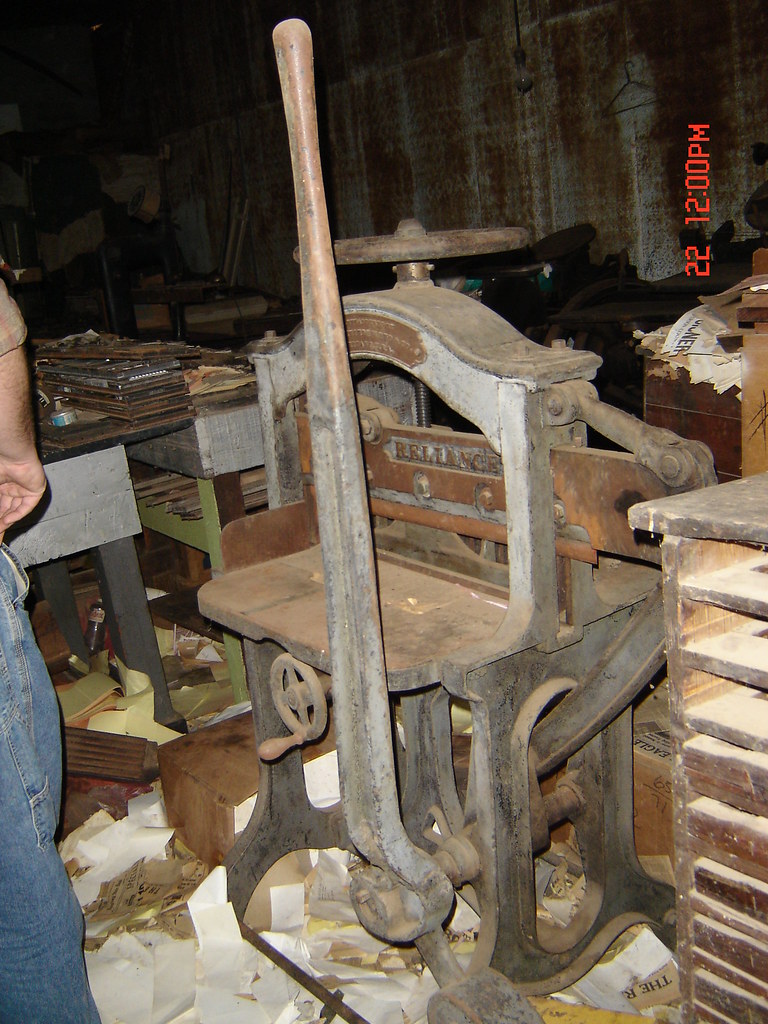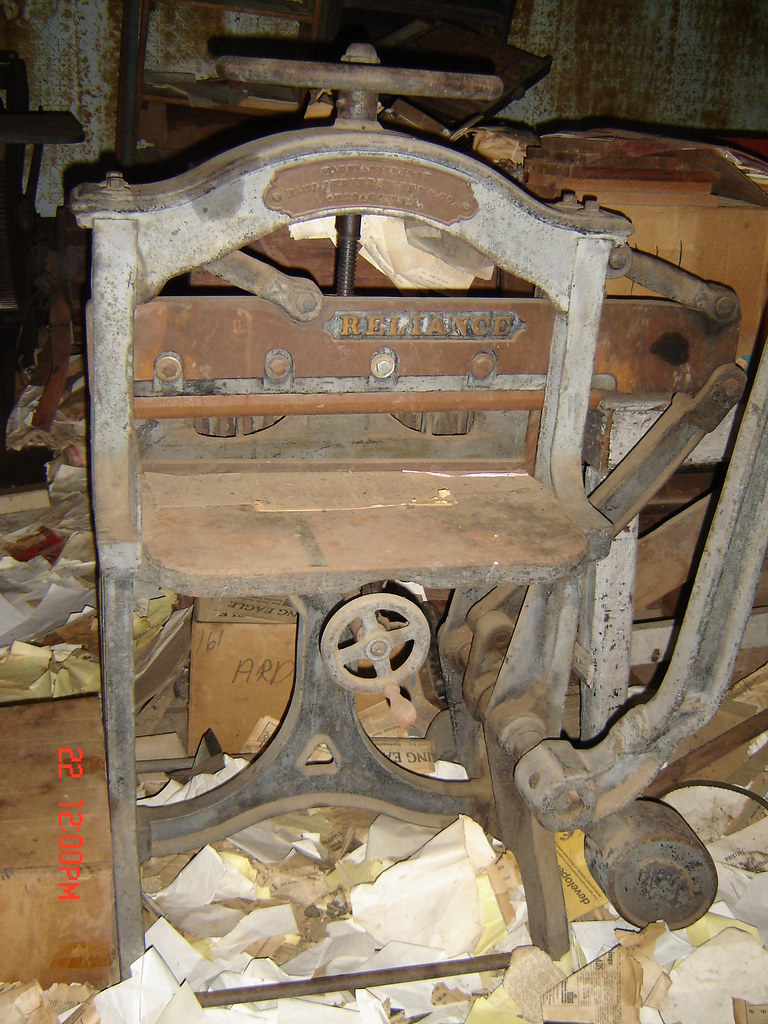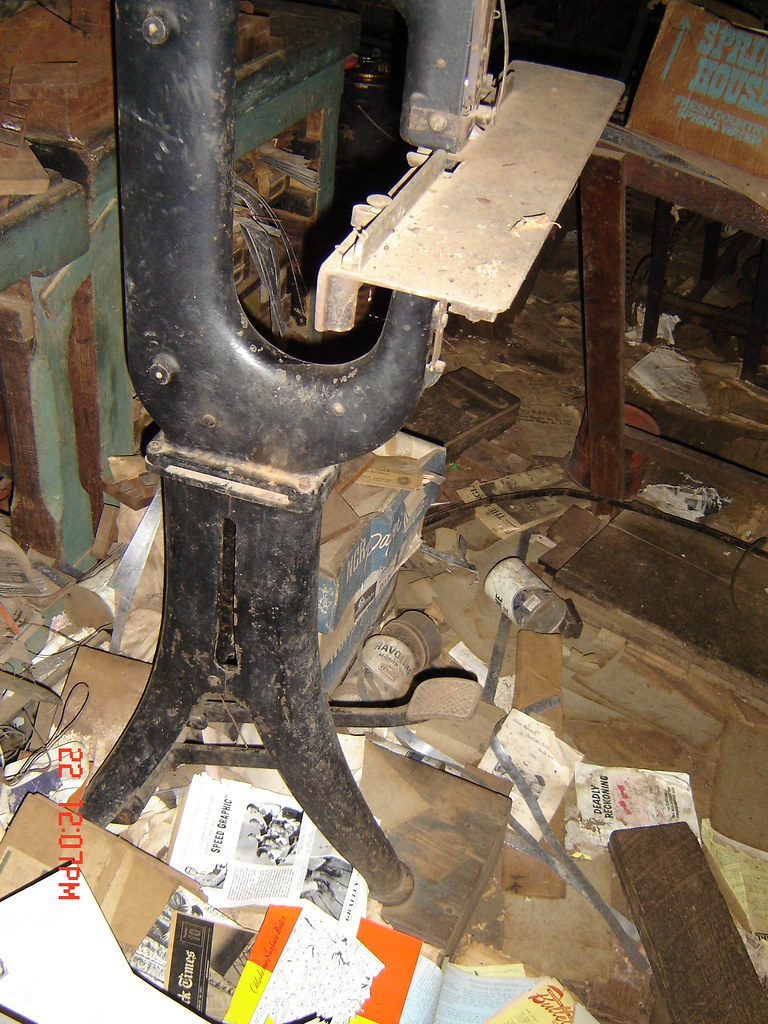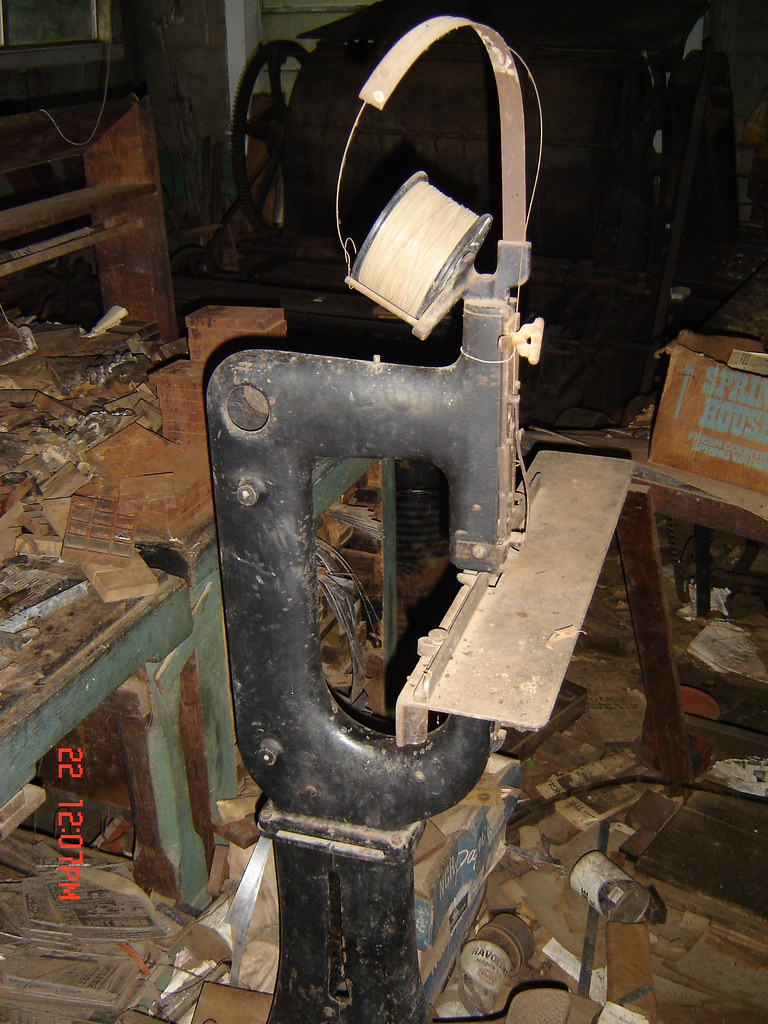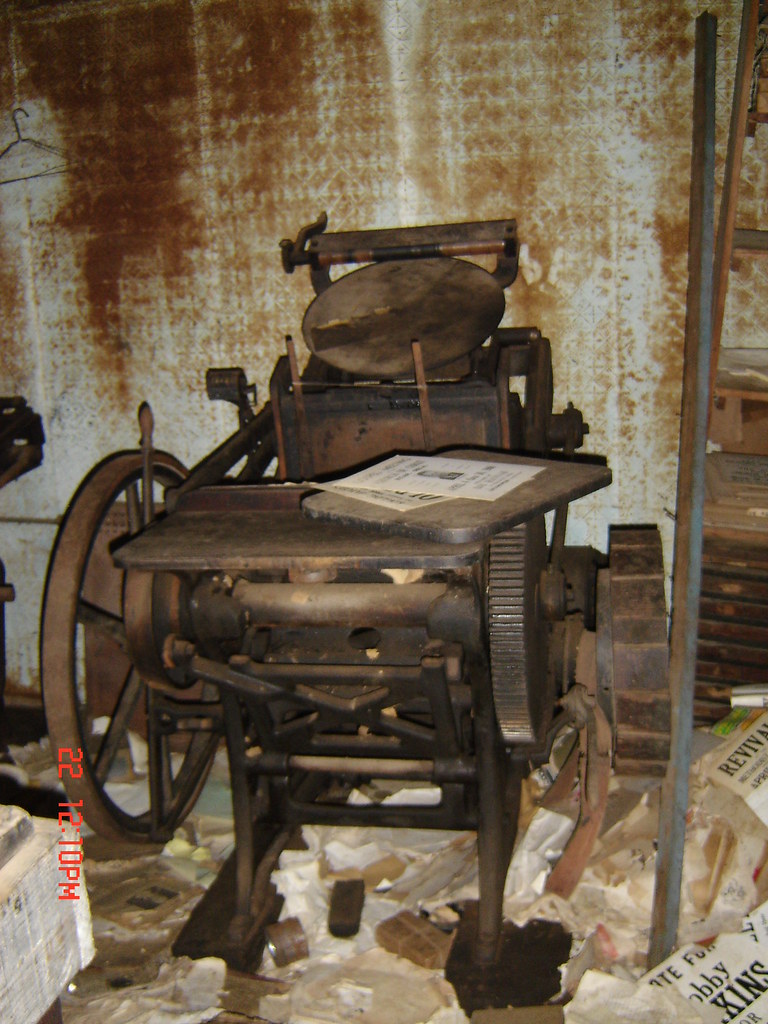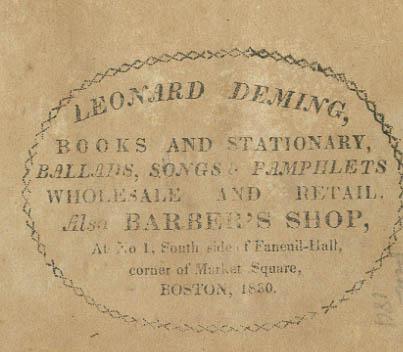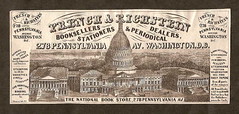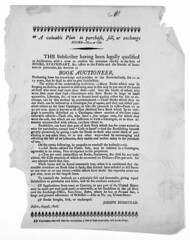
If you're like me and work in a museum and/or archaeology, Indiana Jones makes you roll your eyes a bit. But, being human, you are also swept away in the fun and adventure shouting along with Indy "THAT BELONGS IN A MUSEUM!". You may even say "Dang, I wish I was an archaeologist/ museum curator." Then reality sets back in and... well, you have days like this.
Now, I'm fascinated by printing. Letterpress printing. It comes with being a fourth degree bibliophile. My job at the museum allows me to explore some of my interests. I've wanted to put together a program for kids where they could print things themselves. Something simple, like a bookmark. You get the idea. Doing my part to engage kids with history and spread bibliophilia.
Last..., I don't know. We'll say it was last Thursday, one of the other curators comes to me with a great little tidbit: An old defunct newspaper was looking to divest itself of stuff. Being a knowledgeable hand with the "black art" of printing, he was going down there Monday to see if the museum could use any of it for our collections. Knowing my interest in printing, he welcomed a "wish list" of stuff I could use to get my program off the ground. I was pumped. Friday rolls over and I find out he won't be going, but was sending another lady down in his stead. Wonderful as she is, she doesn't know much about printing. I threw a few photos and words together for her to know what I was wanting.
I fret all weekend and resolve: I'm going too, no matter what. Monday dawns, rainy and windy. A big cup of joe poured, we head out. We finally arrive at our destination: A rural town where if you've ever wondered what a Cadillac would look like if it was bred with a monster truck... I have a place for you! Also, if you are wanting a pet beagle, there seems to be an unlimited supply roaming the roads and highways in this town and the next one over.
The elderly daughter of the former editor greets us, leading us to the buildings where everything has been kept. The first building had a few galleys and some Linotype slugs. I grabbed a galley and move to carry it outside---- and step through the floor. I was fortunate to be on the ground floor and only went in a few inches. I tromped ahead, stomping my way through the floor and outside. Now, I'm a big boy, but literally wrecking a wooden floor was unexpected. To my credit, it was rotted out real bad.
The next building wasn't bad. Concrete floor and a couple skylights made a world of difference. It wasn't pitch black inside like the first. Several cases of type and a mid-1940s Vandercook. I jotted down the serial number of the Vandy and grabbed the wood type. I checked the other fonts and made some notes as to what lead was there. I was getting nervous. Was this it? Not what I had hoped. "Let me take to the newspaper office," the old lady said.
The next building had metal sheets screwed to the front covering whatever windows used to face the street. The little old lady said "Now a cat or two have been in here some, so there is an odor." I bet you're all thinking what I thought in that moment. If you're not thinking what I'm thinking, you're surely the neighborhood cat-lady. "Now, Daddy never let us in here. He worried we'd be crushed by something." Perfect. She unlocked the door. As the door opened the building sighed a distinctly moist, warm feline puff into my cringing face.
It was just at noon. Thoughts of lunch vanished in the drizzle. We took turns going in, closing the door, stepping clear, then opening the door for the next person. My partner from the museum had a camera, clinched jaw and set face. I could see the will power being summoned to the top. It was not just a few cats. Several would have been a joy. It was more like dozens of feral cats have been undisturbed here for the better part of thirty years. Heaping mounds of decomposing cat poo oozed and crumbled everywhere. It was pitch black inside. The flashlights also revealed three linotypes, a couple melting pots. Uncounted numbers of type cases. Most of them against the walls along the perimeter of the large room. Nearly all sitting at unnatural angles, having fallen through the floor, some bursting their lead onto the floor. A few magnesium plates sat on the composing table. They were furry with corrosion. Worthless. As we moved through, trying our best not to touch anything, I worried about one of us slipping on the paper several inches deep on the floor, moist and soiled. Either on the paper, or whatever lie underneath.
We slunk around to the back of the shop, passing layout tables heaping with more and more you-know-what. The lady said her mother used to hand feed the paper into old the drum press when her father took over the paper in the mid-1950s. He ran the newspaper there until his death in the mid-1980s. The name in the cast iron was so coated with ink and crud, I couldn't make anything out except "New York". Big help.
The drum press was old. Maybe seriously old. The dinosaour was pretty grungy, but seemed complete. It was very dark in there and hard to tell. You can just make out a bit of the drum press in the shadows if you look at the big versions of some of these pics. There was also an old-style Chandler and Price, a new-style C&P, a paper cutter, and other stuff. By then I knew, we had to go. I knew the museum wouldn't likely be interested in anything. It was too far gone. They should have called when he died 25 years ago. Disappointed, we picked our way out. As I begin to slide back past the linotypes at the front, my unfortunate colleague points "Hey. Isn't that, that?" I look around to see the pile of papers and poo she's pointing to, seeing for the first time a cylinder and a handle poking out.
I climbed over, leaping with maybe a little joy. I knew exactly what it was. I must have been smiling ear to ear. I tipped the thing over, scattering the paper and other toppins' off to reveal a Miles Nervine proof press.
Exactly what I showed my colleague that morning with the words "My lofty hope is to find one of these." Dr. Miles invented a patent medicine and ran a program in the late 19th Century aimed at small town newspapers. In exchange for one year of advertising in the paper, he would send you this neat little proof press. It's very small, table top sized. It's period for the programming I do most (1890s) and simple enough for even the youngest of kids to be able to use. It's in nearly perfect shape. Just needs the slime under the bed cleaned off.
Here are a few photos that we got. Believe me, the photos do not do this building justice. She tried to keep the cat contributions to a minimum in the photos. However, it does capture the eery feeling I got going in. It didn't take much imagination to see the lady running the drum press, the husband composing type, someone proofing a job.
So, if Mr. Spielberg, Lucas or Ford read this post, here is an idea for Indy 4: to match the horrors of the snakes in Raiders of the Lost Ark, the bugs of Temple of Doom, and the rats of Last Crusade, I offer: Leavings of a feral cat colony.
